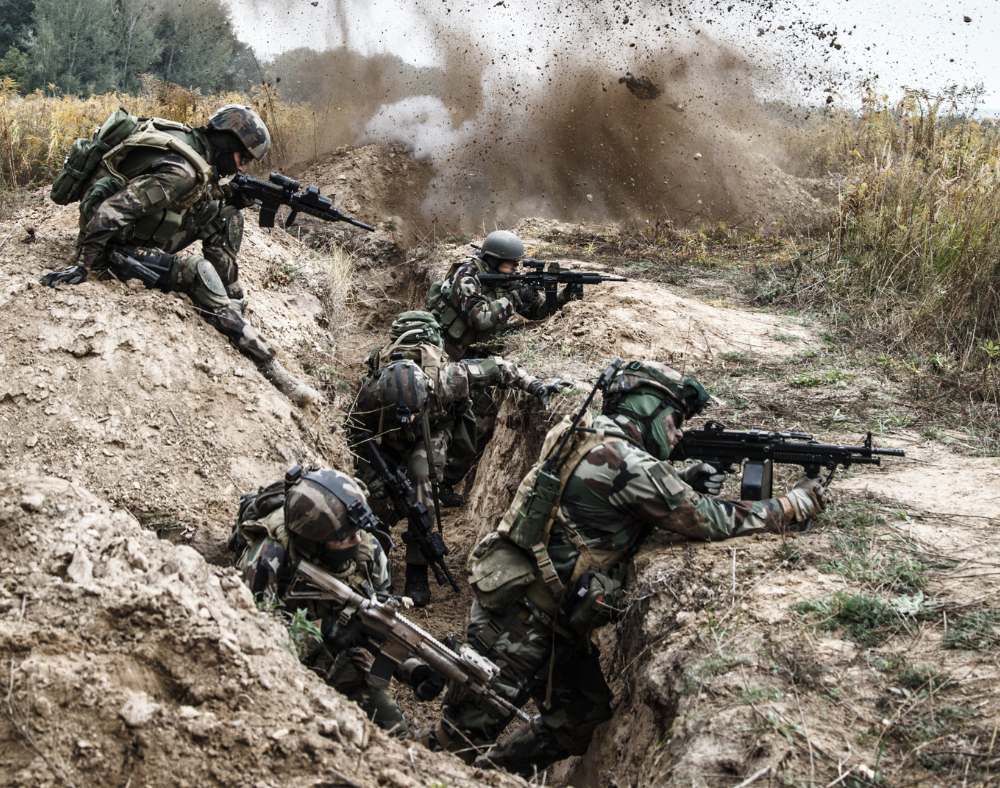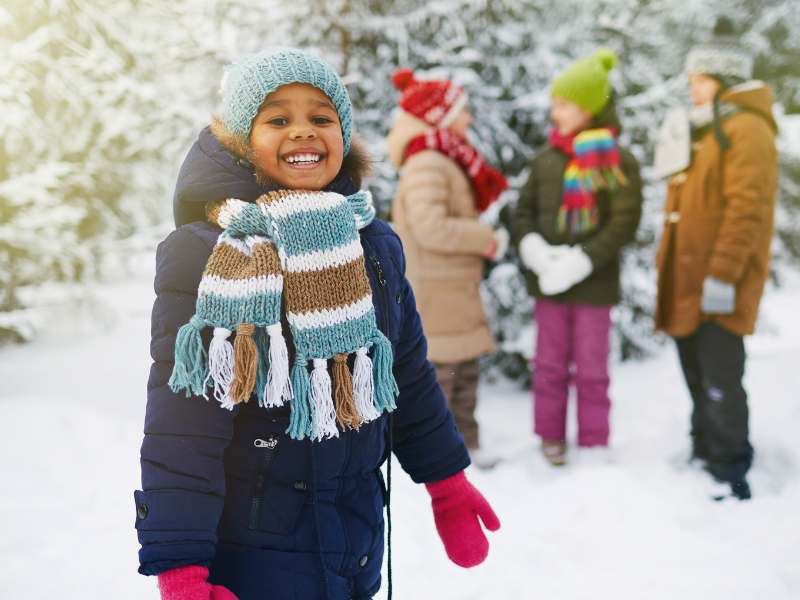We understand that being prepared is the key to thriving in an emergency. It’s important to have a well-stocked kit, whether you are facing a disaster or an emergency. This guide will help you create a quality survival kit that is well-equipped to handle any situation.
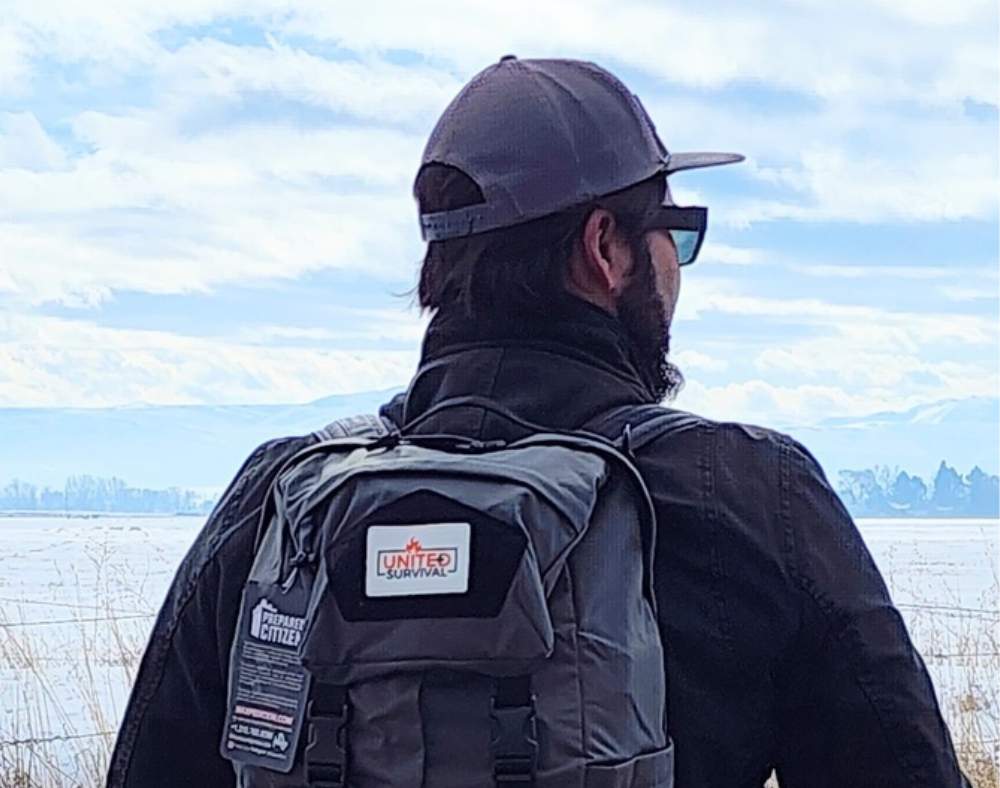
Water and Hydration
Water is a no-brainer. You must have it to survive. When building a kit, the two primary things you must consider for clean water are purification and storage. Everything else comes after that.
1. Water Purification Supplies – In any survival situation, water is the most important thing. Include a lightweight, robust water filter that can eliminate pathogens as well as a backup supply of purification tablets. In a survival situation, you must ensure that water is safe to drink. Waterborne illness isn’t just a bad trip to the bathroom, it can kill you.
Every year, about one million people die around the world from waterborne diseases. However, the use of aqua tabs and other such methods have proven effective in reducing the incidences of waterborne disease. In developing countries without safe water, research proves that these methods are lifesavers.
2. Water Containers: Durable water containers are as essential as purification methods. In a true disaster, clean water becomes more precious than gold. Hurricanes and floods have killed countless Americans – not just from the storms themselves or even the damaging effects of the floodwaters, but through waterborne diseases and contaminants.
In choosing containers, you have to make sure not only that your water supply is well contained, but also that outside contaminants are kept out.
It’s also important not to choose a material that might seem durable in one situation, but could be a liability in another. Glass is an obvious example. While glass does a great job of sealing in a fluid and sealing out contaminants, it is also highly prone to breakage under blunt force trauma.
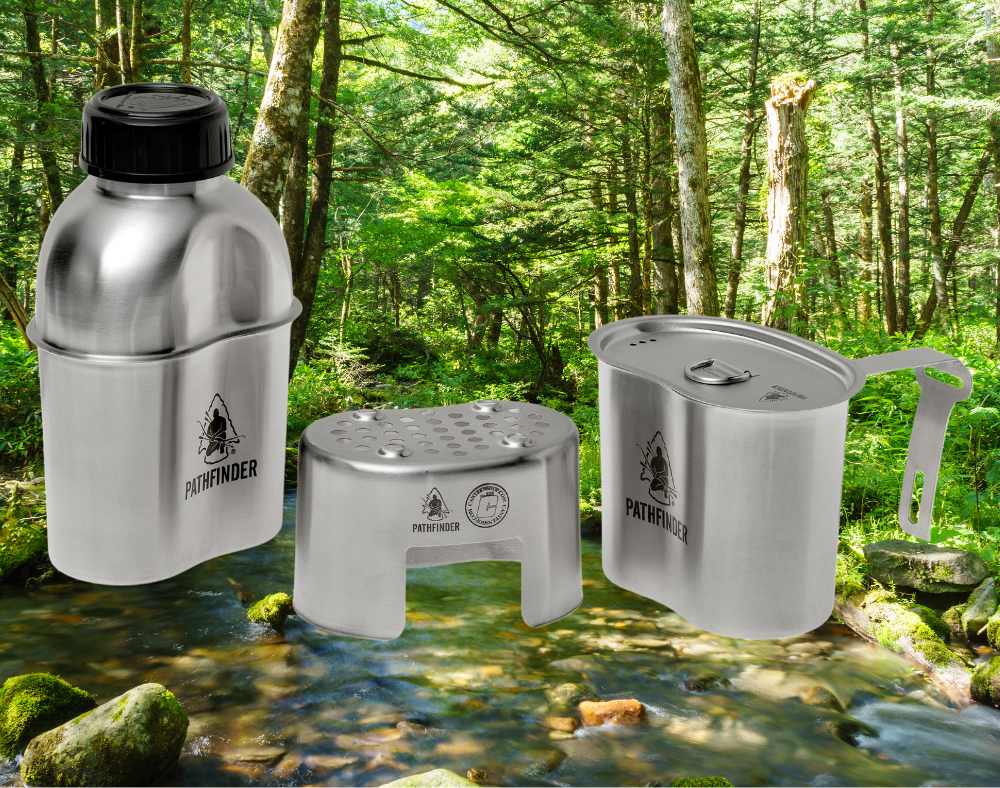
What if your primary container for storing and/or consuming clean water in a survival scenario lay in pieces on the ground? Yeah, not good. Truly durable water containers rarely incorporate glass.
Tools and Equipment
Stephen King once said, “It’s best to have your tools with you. If you don’t, you’re apt to find something you didn’t expect and get discouraged.” We’re pretty sure he was talking about writing, but it’s plenty applicable to the tools you include in a survival kit.
Whatever you may have in your garage – maybe you’re a DeWalt, Makita, Milwaukee kind of person – you probably can’t take it with you when you really have to get out of Dodge, or have the electricity to make much use of it.
Even if all you had were hand tools, you would have a hard time packing them all if you had to. Space will be limited, as will the time to gather them. Tools in a survival kit should be small, versatile, and durable.
3. Durable Multi-Tool – This one is huge. Your tools are everything when you have to make everything yourself, and the worse the disaster, the more true this is.
A multi-tool of high quality combines several tools, such as knives, pliers and screwdrivers, in one tool. This tool is essential for repairs, food preparation, and first-aid.
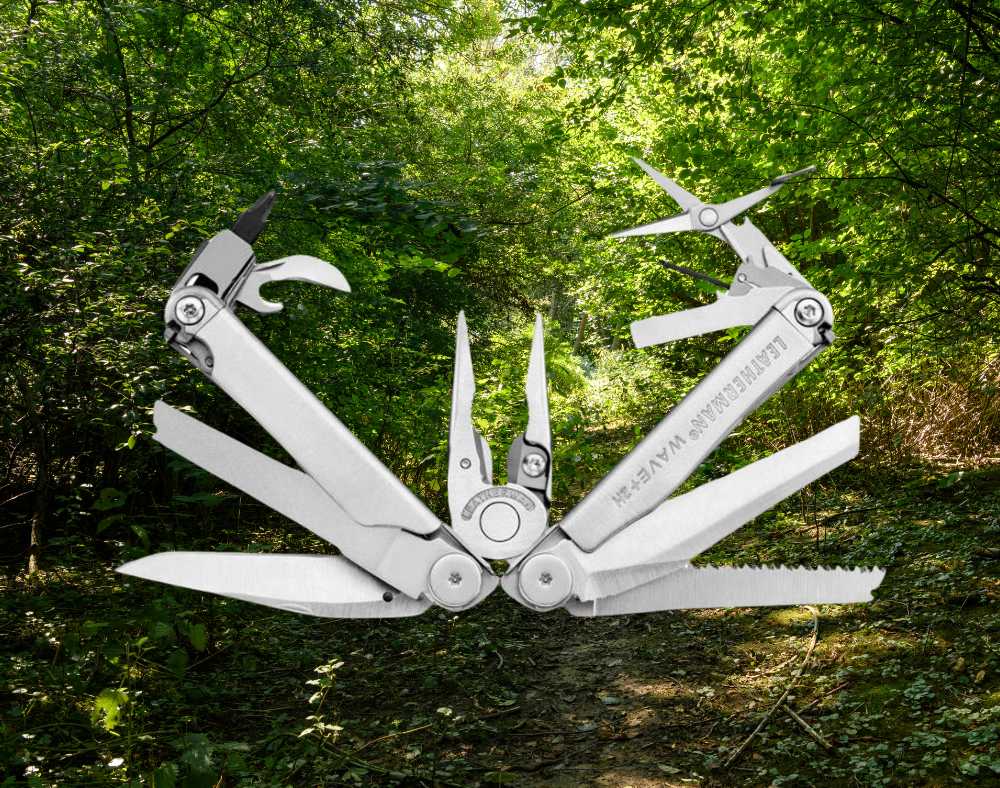
4. Heavy-Duty Knife: Each kit should contain a reliable and sharp knife. Choose a survival knife capable of handling everything from cutting through brush to preparing food.
The blog Homesteading lists “15 ways a knife can save your life,” and it’s eye-opening to consider. These could include obvious ones you might think about, such as self-defense, hunting, or cutting shelter materials.
There are less obvious uses, though. What if you need to dress fish and game for preparation? Open shells or cans? These are obvious uses where, in food prep, the knife plays a major role.
Undoubtedly, though, one of the biggest advantages of a knife that almost no one thinks about is the ability to make OTHER tools. Think about it: a knife can carve wood into anything. It can help cut the debris you stumble upon into something else. It can even help make another knife!
That’s why we believe everyone should have one in their preparedness kits – even if they’re missing some of these other items (but ideally, you’re not).
5. Tape: You can use it to seal containers, make quick repairs, or for medical purposes like bandaging or splinting. Having tape on hand is always a good idea, although, unlike some of the other items listed here, you can only bring with you a limited supply of tape.
Still, in some situations, tape may be THE lifesaving tool you need in a SHTF scenario.
We also recommend, for those situations where going away isn’t required, that you store extra tape – duct tape, in particular – along with your other preparedness items.
Shelter and Comfort
Humans need shelter. It’s as simple as that. Survival shelter isn’t always about sleeping under a tree or palm leaf, though. It depends on where you are, what you need, and who you’re with. Ultimately, your ideal survival shelter meets your needs and your family’s needs – no one else. It should be light, compact, and easy enough to use that you aren’t frustrated with it.
A quick note about tents. Some ultralight tents are awesome, useful, and truly lightweight. They are feats of engineering. However, we’ve also seen ultralight tents that are nightmares to deploy – complicated strips of aluminum and canvas that make you want to toss it in the fire in frustration.
Almost universally, ultralight tents are some of the most expensive pieces of outdoor gear you can find. For these reasons, we caution our tribe about tents.
The other problem – the big one for us – is the lack of versatility. While you can use almost any tarp, blanket, or piece of debris as a shelter, you can primarily use a tent for one thing. We’ve heard of more people using tent poles for other uses than for the tents themselves. If that’s you, go for it! Just be aware that for the cost of one of the best ultralight tents, you could buy multiple high-quality emergency kits.
6. Emergency Shelter: A shelter, whether an ultralight tent, bivy, or tarp, will help to provide warmth and protection from the elements.
We’re based near Idaho Falls, and that means over 172 days where the nighttime temperate averages below freezing. For us, insulation from the cold is a prime consideration.
In most parts of Texas and Florida, there are zero days with average nighttime temperatures below freezing! Where heat is your main enemy, your considerations will be different.
Know your weather, seasons, and situations. Make sure your kit has compact, efficient solutions that can be deployed quickly in a way that works for your climate. With a little brainpower and survival engineering, you can make most solutions work for your climate.
7. Sleeping Bag: A lightweight sleeping bag that is insulated can save your life in cold conditions. It will keep you warm without adding weight to your gear.
It also has other benefits, even if you’re not in a cold climate. In some areas, a primary consideration is biting or stinging bugs that come out at night. Scorpions, for instance, are nocturnal.
While no sleeping bag can guarantee you’re not stung by a scorpion, it doubtless provides one additional layer of protection – if that’s the sort of thing you should think about (and in some areas, you should).
Health and Safety
Most people who die in the wilderness die because they’re not prepared. Often, they’re hurt – maybe in a small way, but hurt nevertheless. The same is true in a generic survival scenario.
Wounds become infected. Poisonous bites and stings become paralyzing. Broken limbs limit your ability to do everything else you need to do.
In many disaster situations, there’s no 9-1-1 to call, no first responders, no police.
This has happened countless times in our own lives – remember during the Black Lives Matter Riots? Regardless of your politics, surely you recognize the danger of what happened.
Police were told to “stand down” by politicians! People were left to be killed. Wounded people died. Hospitals refused entry. It was pure insanity in some of the biggest, most populous American cities. Have you seen the Kyle RIttenhouse video?
Think it couldn’t happen again? If history is any indication, next time could be worse.
Carrying our own medical supplies is essential if we’re to be prepared. That’s why we recommend it for your kit.
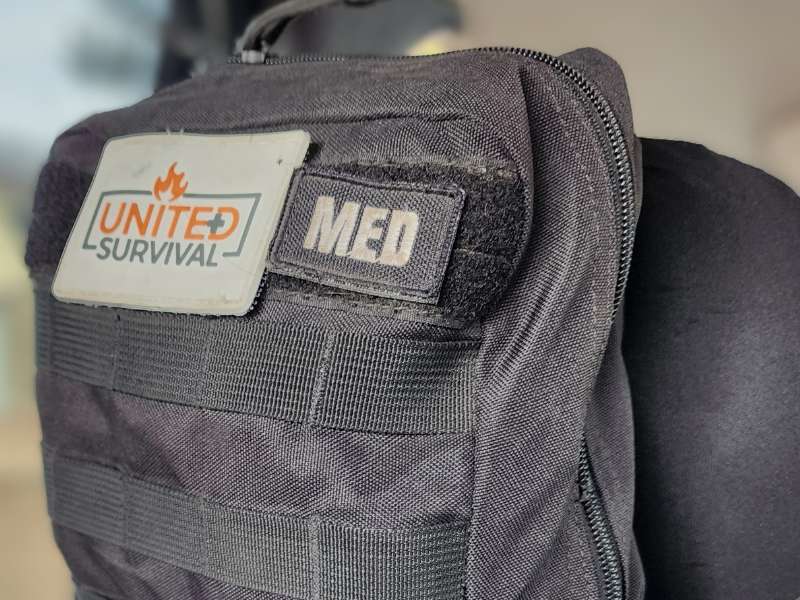
8. Individual First Aid Kit, or IFAK: Don’t skimp on this. Stock at least one comprehensive first aid kit that includes treatments for a variety of injuries and conditions–bandages, gauze, antiseptic, pain relievers, allergy medications, and tools like scissors and tweezers.
It’s never a bad idea to have at least one in every place you spend a lot of time, either. Put one in your truck, in your home, and in your office if you really want to be prepared. If nothing else, make sure there’s one in your kit.
9. Personal Protection Items: Tailor your kit with personal protection items appropriate to your environment. Examples include sunscreen, insect repellent, hats, and protective clothing. It also pays to be aware of what you personally need.
Some are so fair-skinned that they burn very easily and have no hope of developing a lot of melanin to protect them. Vitamin D is good, but sunburns can be deadly. If you’re fair-skinned, then, make sure you have lots of long sleeved shirts. Sunscreen is something you can quickly run out of – long sleeve shirts will last.
Hand sanitizer is also important. If you don’t believe us, travel back in time to the first days of the COVID pandemic when it sold out faster than almost anything else. Yes, it has value in and of itself – but one of the main reasons it deserves a spot in your kit is its economic value in a time of disaster. During the pandemic, some companies were able to sell sanitizer for ridiculous prices.
Sanitizer, like so many other survival items, can be bartered or traded to others who place more value on it than it might be worth. Never forget that – about anything in your kit. Just be sure it’s something you’re willing to give up, and that you’re getting something worthwhile in return.
Fire and Heat
10. Fire Starting Tools: Bring multiple tools to start a campfire, such as waterproof matches, lighters and a steel. Fire isn’t one of man’s most important discoveries for nothing.
Besides its necessity for cooking, fire also helps with those cold climate scenarios discussed earlier. In some situations, it might be necessary to signal help – fire’s great for that.
Fire also has the benefit of helping to keep some dangerous animals away. Some! Bears are not repelled by fires, but canids such as wolves and coyotes usually are.
11. Blankets: Obviously, blankets are a great way to maintain body temperature when it is cold. They save space and reflect your body heat.
We recommend having at least one in every kit that is conscious of the space you have available.
Food
12. Food: Choose food that will last a long time. Be mindful of the reality that in many situations, you will need to get your own food through foraging or hunting. Try to have at least some information handy for these purposes, or better yet, learn beforehand.
Also, don’t forget about caloric requirements. It’s tempting to think you can survive on less than you actually need. Especially if you’re up and moving around a lot, you need more food. Consider, and know, your body’s actual needs long before the disaster strikes.
Communication and Navigation
13. Lights and Signals: A rugged, reliable flashlight or headlamp, as well as extra batteries or solar chargers, are essential.
Include signaling devices, such as a whistle, a mirror or extra batteries, to help in emergency situations. These can save your life.
14. Navigation Tools: Your phone will not work in a true SHTF scenario. One such scenario, an EMP, means that even a satellite GPS device probably won’t, either.
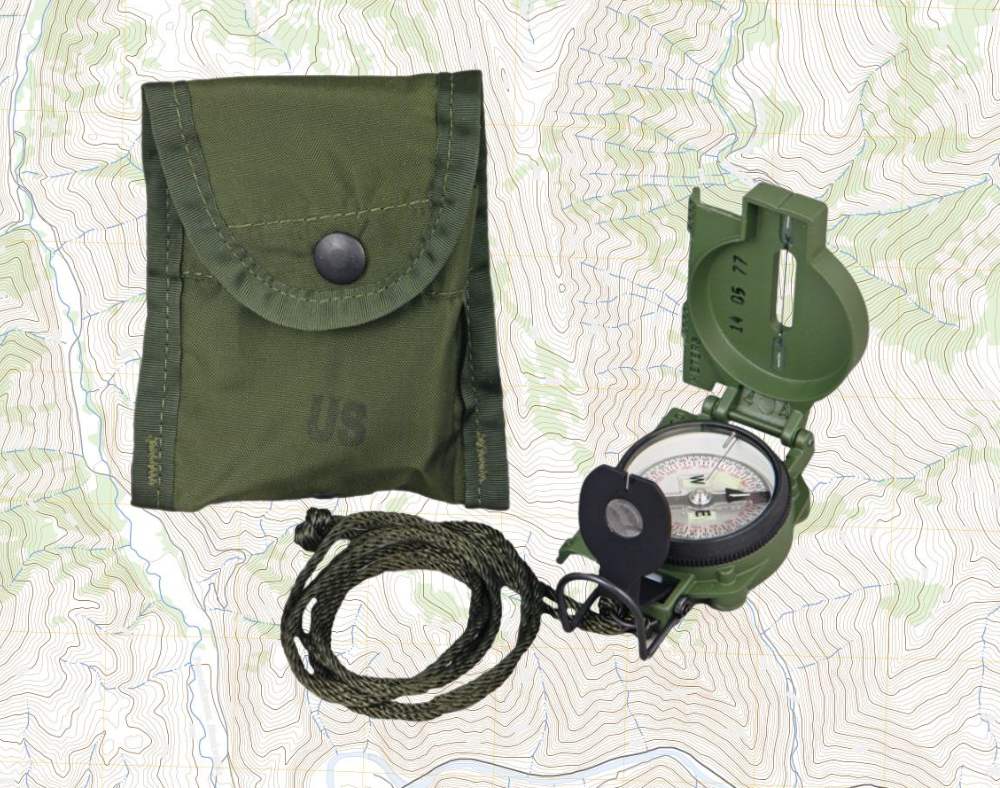
We believe in understanding enough about navigation to get around without electronics. The best compass you can buy, and what’s preferred by the military, is a lensatic compass.
You should also, ideally, have at least a map of your local area and/or state. USGS topographic maps can be freely downloaded and printed from the internet.
These incredibly useful maps show you elevation and terrain, as well as commonly known sources of water and roads (even forest service roads). If you want to take it a little further, make sure any maps you print or store are laminated.
Versatility and Multipurpose Use
15. Paracord: This versatile cord is great for making repairs at home, using as a tourniquet, or for shelter construction. Learn it, use it, practice it. Never be without the right knot in a survival situation. We recommend learning at least a few.
16. Fishing Kit: A simple, small kit that includes line, hooks and sinkers is a great way to ensure food security in areas with a lot of water. At the very least, knowing how to construct fishing equipment on the fly with other items in the kit can give you options.
It’s Your Choice to Prepare
We believe that having a prepared survival kit in an emergency is the first line of defense for yourself and anyone you love. In a survival situation, whether a true SHTF or a weather-related disaster, you can’t rely on help to come when you need it. You, and you alone, have to put on your own oxygen mask first.
Few people consider that they’ll need to have these skills. That’s why, sadly, so many people die in such situations. We see it on the news, but few ever think that could be them.
Even after the COVID pandemic when the utter insanity of the populace and the government’s control over our lives reached a crescendo, many still fail to be ready for the worst-case scenario. That’s their choice – never forget. Their choice.
Your choice can, and should, be to prepare for those situations. You cannot support everyone, but you can at least take care of your family and yourself. You can be the sheep dog that guards the herd.
Need help? We’re here to help. Our kits are carefully selected for their functionality and reliability to ensure you’re prepared to meet any challenge.
They’re also convenient – why spend all the time you could spend learning about survival trying to figure out what gear to buy? We give you great value and exceptional gear, and would be honored to have your support as we continue to share our passion about preparedness with our growing tribe.
Preparedness is more than just having the tools. It’s also knowing how to use them. If you equip yourself with both tools, your chances to not only survive, but thrive in adverse conditions will be dramatically increased. We’ll keep providing both – it’s up to you to decide that you have the right ethos and mentality to survive.


